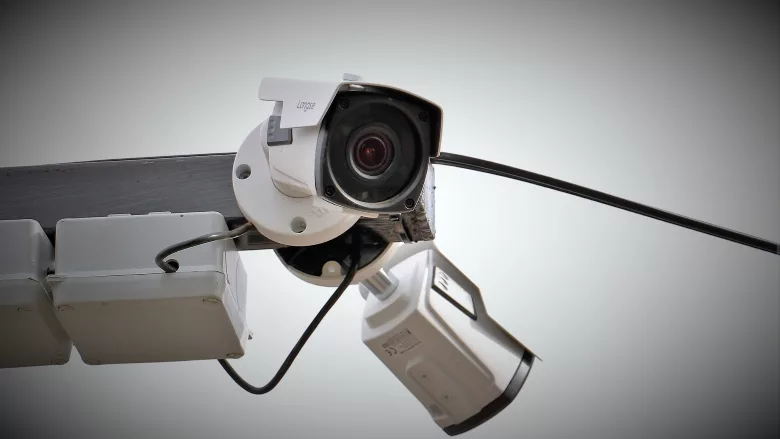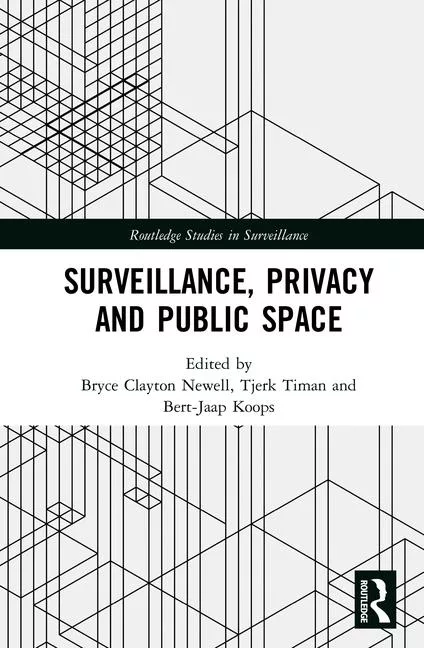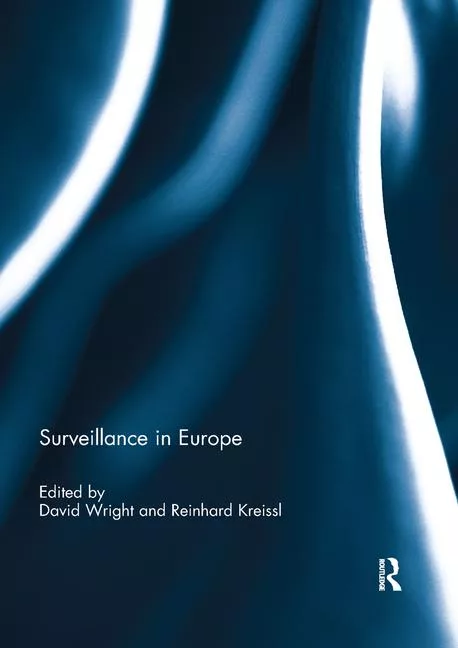Why AI CCTV is the future of security and surveillance in public spaces

Many argue the United States is one of the most surveilled countries, with 15.3 closed-circuit television (CCTV) cameras for every 100 individuals. The public opinion around CCTV is varied, but there are many positives to using CCTV in public places — if they work. Many of the current cameras are simply too old or have outdated software, meaning they’re no longer fit for purpose.
The industry is constantly changing, with new technologies and innovative solutions driven by increased security needs brought on by the pandemic. One area where CCTV technology has developed is that of artificial intelligence (AI) CCTV cameras.
What is AI CCTV?
AI CCTV cameras are network IP cameras that deliver advanced analytical functions like vehicle detection, face detection, person detection, people counting, traffic counting and license plate recognition (LPR). Advanced video analytics software is built into the camera and recorder, which then enables artificial intelligence functions.
How does it work?
For AI CCTV cameras to work, data is constantly sent to a recorder and processed via an AI layer to make sense of the raw video.
Rule-based AI cameras are manually set up with rules and reference images such as humans in different postures, angles or movements. The AI will then ask itself if anything it observes looks and moves like this. Depending on the rules set, such as ‘no one is allowed in this area at a certain time,’ if the camera observes this, it will send an alert.
Some of these systems are self-learning, like those which use “behavioral analytics” software. With this technology, the AI analyzes normal behavior for the area and gradually builds up a definition of this typical behavior, including the size, speed and color of particular objects. It then normalizes the data, tagging any objects and patterns it observes. When something the AI sees falls outside of this typical behavior, it alerts security professionals.
AI CCTV in public spaces
CCTV cameras have long been used as deterrents for criminal activity or implemented to reduce the fear of crime in both public and private spaces. However, many older CCTV systems only aid in solving a crime after it has happened, which is often too late.
Like typical CCTV cameras, AI CCTV stores information so any incidents can be reviewed. However, AI CCTV can detect and send alerts in real time. This means operators can send out mobile response units to manage a situation as it happens. These systems can also provide object tracking, where a red rectangle will appear on the screen and automatically follow the detected risk.
Some cameras also feature a two-way audio system, so operators can speak to anyone in the area through an app on their mobile or tablet, leaving open the option for operators to talk down a possible intruder and prevent any criminal behavior from happening.
There may also be the option to play pre-recorded audio announcements such as those about social distancing or potential hazards, which can improve public safety and provide further deterrents.
Although a somewhat controversial aspect of video surveillance, facial recognition can be beneficial to identify known suspects of crimes or track vulnerable people who may need police or community intervention. A high-profile example of this occurring is the Capital Gazette newspaper shooting in 2018, when the Maryland police used facial recognition to help correctly identify the suspect.
Similarly, some cameras, including those used in public spaces like hospitals and public transport, can also detect whether people are wearing masks or social distancing. These are particularly helpful for monitoring compliance to government rules and analyzing public behavior.
The accuracy of AI surveillance
AI CCTV cameras are significantly more accurate than the more traditional systems, as they leave no room for human error. This substantially reduces the number of false alarms therefore the operating costs of these systems.
A traditional camera’s view of a public space may be obscured by weather such as rain or fog or perhaps shielded by certain physical objects. For the human watching the camera, this can make any possible security risks challenging to discern. However, for the AI CCTV camera, it can look impartially at all the cameras in the area simultaneously and compare them to the many million reference images it processes to detect an intruder or hazard and more efficiently.
Temporary AI CCTV towers are prevalent in private spaces like construction sites, where work is being carried out for a specific amount of time. However, AI CCTV can be implemented further in public areas, such as during events to monitor crowds.
What is next for public space surveillance?
AI CCTV cameras have shown how the security industry is constantly developing with the help of new technologies. Other features found in new CCTV camera systems include thermal cameras, solar-powered cameras and those with features like time-lapse and heat/fire detection.
In something reminiscent of Tom Cruise’s Minority Report, some police forces in the UK have been trialing a system that will predict how likely individuals are to commit a crime so they can stop it before it happens. The system, which is the first of its kind, uses over a terabyte of data from local and national police databases, including records of previously stopped and searched people and their criminal records. The police found nearly 1400 indicators that could be helpful to predict crime. What happens after individuals have been detected is debated, but support from social services has been offered as a potential solution.
Governments and police departments worldwide are constantly on the lookout for new features that will help prevent crime. CCTV is just one way they are hoping to improve safety, especially in public spaces. Along with their self-learning systems, features like object tracking, two-way audio and facial recognition make AI CCTV cameras an advanced and effective video security solution.
This article originally ran in Security, a twice-monthly security-focused eNewsletter for security end users, brought to you by Security Magazine. Subscribe here.
Looking for a reprint of this article?
From high-res PDFs to custom plaques, order your copy today!








